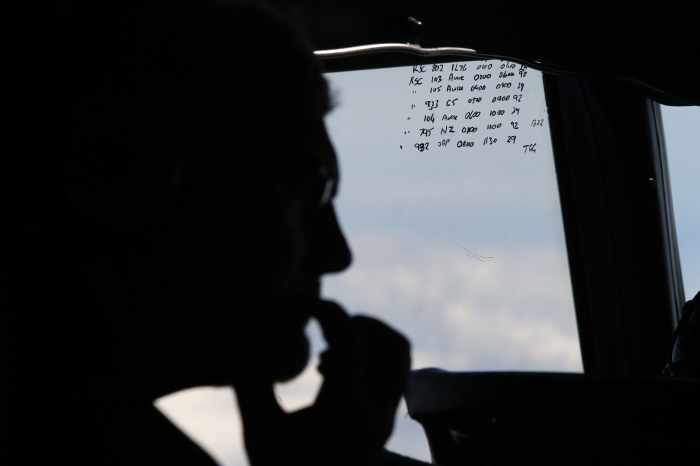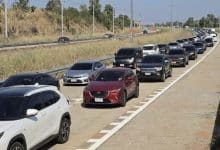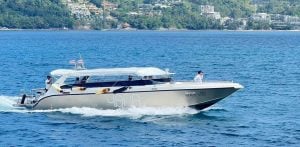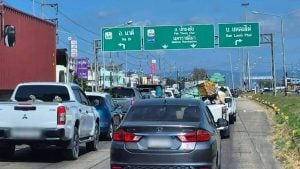Malaysia MH370 passengers likely suffocated, Australia says

– World news selected by Gazette editors for Phuket’s international community
PHUKET: The passengers and crew of the missing Malaysia Airlines Flight MH370 most likely died from suffocation and coasted lifelessly into the ocean on autopilot, a new report released by Australian officials on Thursday said.
In a 55-page report, the Australian Transport Safety Board outlined how investigators had arrived at this conclusion after comparing the conditions on the flight with previous disasters, although it contained no new evidence from within the jetliner.
The report narrowed down the possible final resting place from thousands of possible routes, while noting the absence of communications and the steady flight path and a number of other key abnormalities in the course of the ill-fated flight. “Given these observations, the final stages of the unresponsive crew/hypoxia event type appeared to best fit the available evidence for the final period of MH370’s flight when it was heading in a generally southerly direction,” the ATSB report said.
All of that suggested that the plane most likely crashed farther south into the Indian Ocean than previously thought, Australian officials also said, leading them to announce a shift farther south within the prior search area.
The new analysis comes more than 100 days after the Boeing 777, carrying 239 passengers and crew, disappeared on March 8 shortly after taking off from Kuala Lumpur bound for Beijing.
Investigators say what little evidence they have to work with suggests the plane was deliberately diverted thousands of kilometres from its scheduled route before eventually plunging into the Indian Ocean.
The search was narrowed in April after a series of acoustic pings thought to be from the plane’s black box recorders were heard along a final arc where analysis of satellite data put its last location.
But a month later, officials conceded the wreckage was not in that concentrated area, some 1,600 km (1,000 miles) off the northwest coast of Australia, and the search area would have to be expanded.
“The new priority area is still focussed on the seventh arc, where the aircraft last communicated with satellite. We are now shifting our attention to an area further south along the arc,” Australian Deputy Prime Minister Warren Truss told reporters in Canberra.
Truss said the area was determined after a review of satellite data, early radar information and aircraft performance limits after the plane diverted across the Malaysian peninsula and headed south into one of the remotest areas of the planet.
“It is highly, highly likely that the aircraft was on autopilot otherwise it could not have followed the orderly path that has been identified through the satellite sightings,” Truss said.
The next phase of the search is expected to start in August and take a year, covering some 60,000 sq km at a cost of A$60 million ($56 million) or more. The search is already the most expensive in aviation history.
The new priority search area is around 2,000 km west of Perth, a stretch of isolated ocean frequently lashed by storm force winds and massive swells.
Two vessels, one Chinese and one from Dutch engineering company Fugro, are currently mapping the sea floor along the arc, where depths exceed 5,000 metres in parts.
A tender to find a commercial operator to conduct the sea floor search closes on Monday.
— Phuket Gazette Editors
Latest Thailand News
Follow The Thaiger on Google News:


























